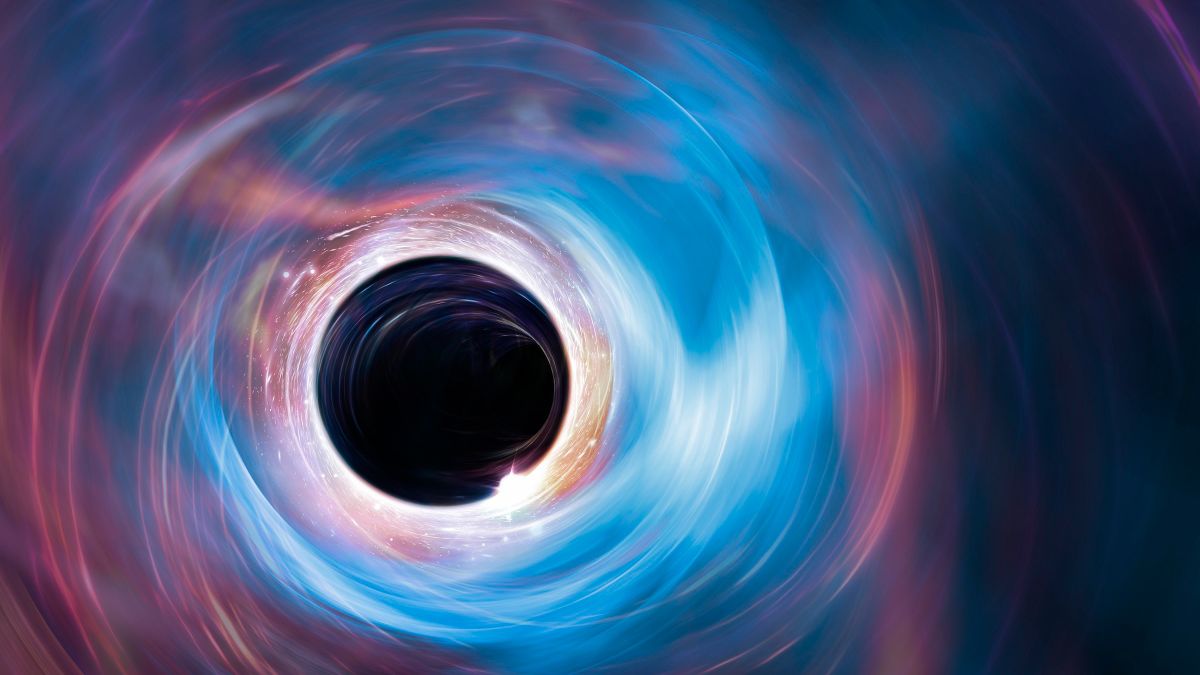tl:dr: possibly, but if so, it would be the size of the entire universe and, as a result, impossible for us to determine one way to the other.
This topic comes up from time to time. If you’re interested, check this article by a cosmologist. https://www.preposterousuniverse.com/blog/2010/04/28/the-universe-is-not-a-black-hole/
Is your username in reference to Fast Fourier Transforms?
Haha, yes! I’be had it on many websites and it took someone on Lemmy to notice :)
Haha! I love them too! Super useful for audio applications.
You might want to check out this lemmy instance if you’re into music production and audio stuff
Thanks for the interesting link. Can’t argue with Sean Carroll. Except of course for the people who do argue with Sean Carroll. Ha ha. But that’s way above my pay grade. But some do argue, even in the comments on that linked blog post. Sean’s responses there are of course also excellent and worth reading.
Yeah! I think this kind of question will end up being a question of definition for future generation of cosmologists…
With the current definition, it seems the universe is not a black hole, but shares a lot of characteristics with them (except its singularity is in the past, but the future). If enough scientists like the idea of the universe being a black hole, they could simply modify the definition to allow “time-reversed black holes” as well, which seems to include the universe (if I understand correctly… My GR courses a far I’m my memory!)
I didn’t find any ArXiv links in the page, but the main point is this: given how flat the Universe is, if it is inside a black hole, it needs to be really large in order to keep the curvature inside so flat.
Removed by mod
Removed by mod
Removed by mod
Removed by mod




